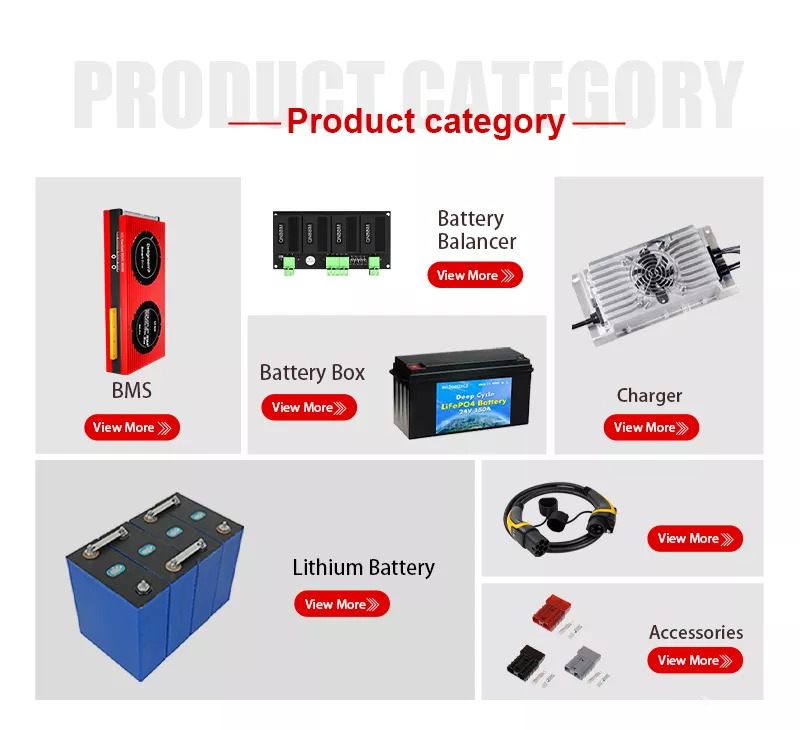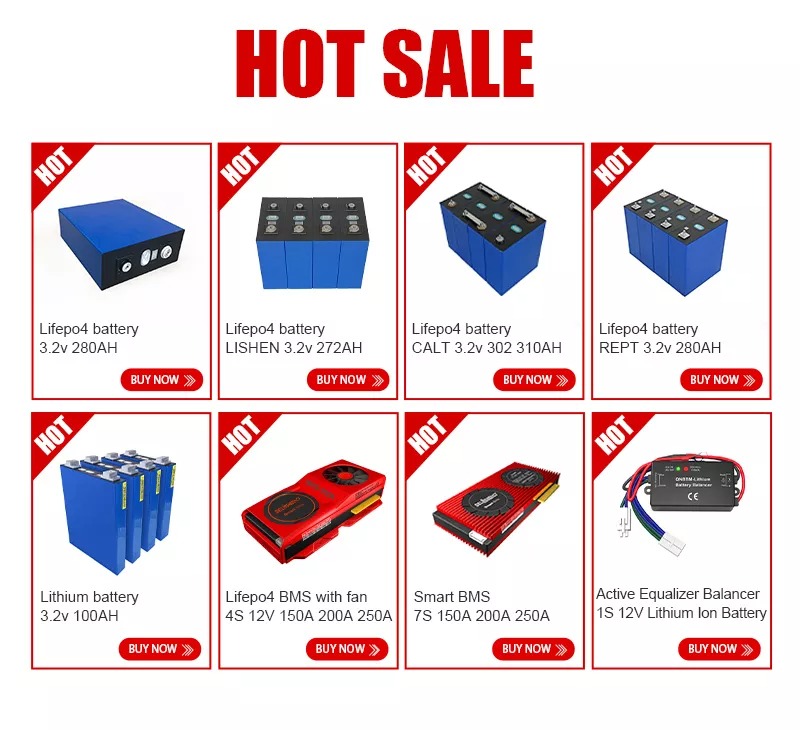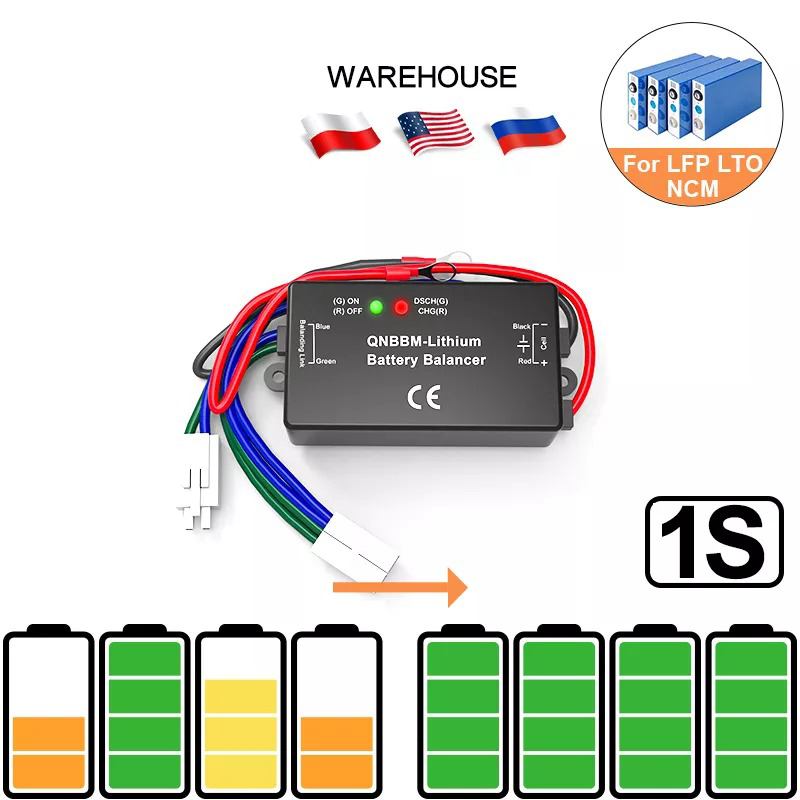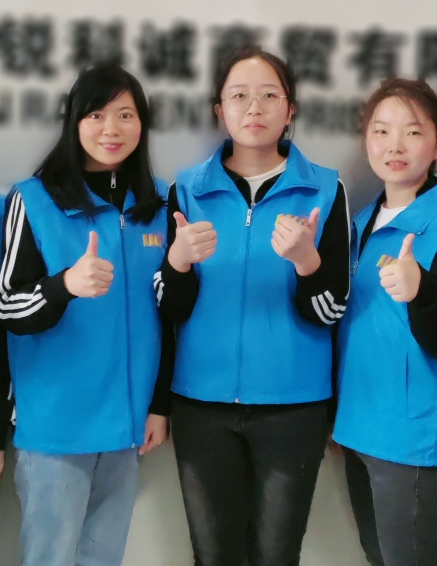The natural method of passive balancing a string of cells in series can be used only for lead-acid and nickel-based batteries.
Active balancing method can be used for all types of batteries, but is effective for a small number of cells in series. The active balancing method is based on the active transport of the energy among the cells. This balancing method does not depend on the chemical characteristics of the cells, and can be used for most types of modern batteries.
Energy Transfer/Dynamic Lithium Battery Balancer Lead Acid Battery Bank Equalizer prolong life 2-3 times
- 2022-12-13 -
Product Description



Specification



Two main methods for battery cell charge balancing: passive and active balancing.
This voltage balancer does not waste energy in resistors; it transfers the coulombs from a strong cell to a weak cell.
This is ideal for electric vehicles to prolong its battery cycle life by preventing cell over/under charging; promoting
cost-effective sustainable transportation.
Batteries are expensive, this project will help any diy electric vehicle battery to last longer.
Energy Transfer/Dynamic Lithium Battery Balancer Lead Acid Battery Bank Equalizer prolong life 2-3 times
|
Battery capacity limited
|
Unlimited
|
Battery count limited
|
2S~unlimitedAt least balance 2 cells
|
|
Working voltage |
1.8V~5V (2V lead acid battery and lithium battery)
4V~9V (6V lead acid battery)
9V~15V (12V lead acid battery and lithium battery) |
Battery type limited |
LiFePo4, LiMnO4 etc
AGM, Gel, Flooded battery and so on. |
|
Power consumption
|
<50mW per 1s
|
Balance method
|
Energy transfer/ Dynamic
|
|
Voltage difference VS Balance current
|
300mV — 1A
1V — 3A
|
Voltage difference after using
|
< 10mV< 30mV(12V lead acid)
|
|
Working efficiency
|
> 94%
|
Working temperature
|
-40℃ ~ +80℃
|
|
BMS limited
|
Can work with BMS or Working independently
|
Storage temperature
|
-40℃ ~ +100℃
|



